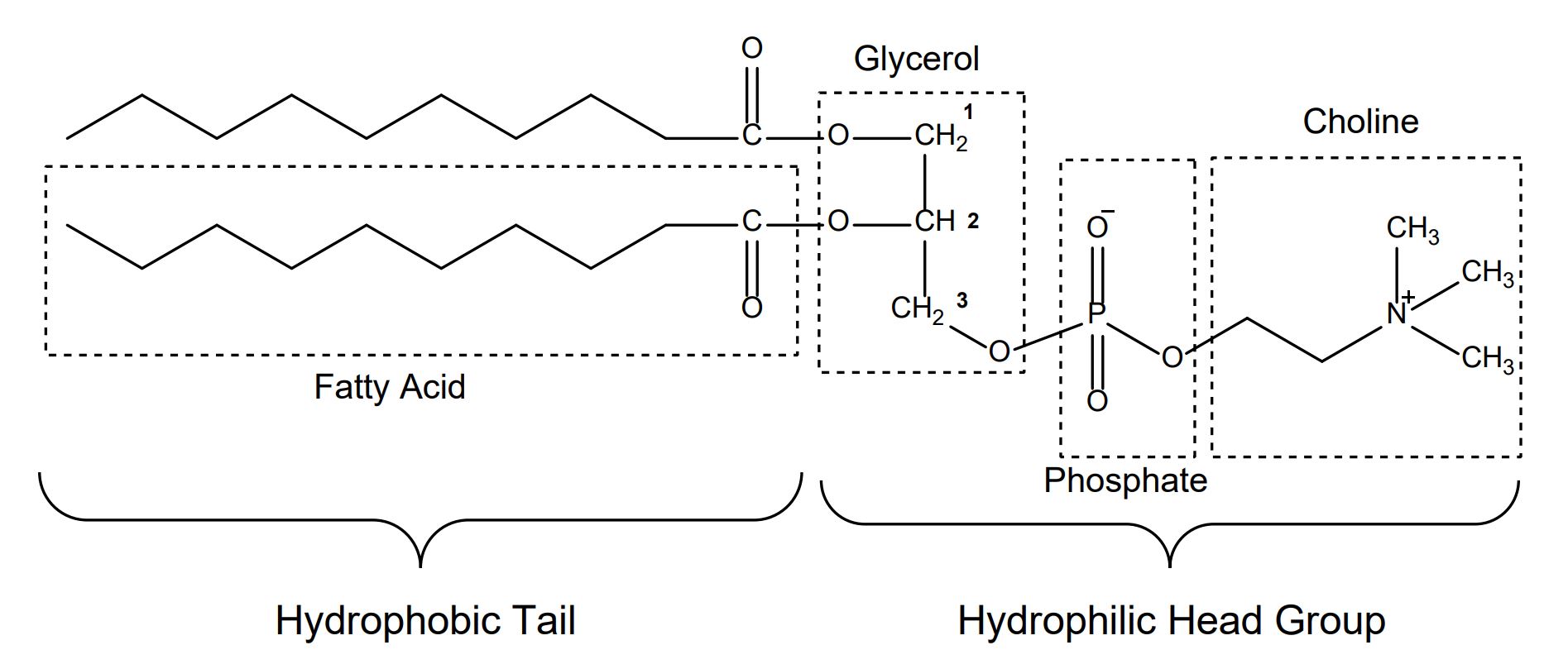Phospholipids in Pharmaceutical Form Line Extensions

The pharmaceutical industry has two main ways to generate new products. The first option is to look for new drug substances. A second option is to employ better formulations of an existing drug product. Such reformulated products are called Pharmaceutical Form Line Extensions. As part of such a product lifecycle management strategy, the profitability of sales of a drug substance facing generic competition may be extended (1). The new products may be protected by dosage form patents. Line extensions require less research and development compared to development of new chemical entities (2). Examples of commercially successful product line extensions can be found in the literature (3).
Successful reformulations require suitable excipients with a broad scope of use. Phospholipids fulfil these requirements because they can be used in many dosage form types (4). In addition, they are biocompatible, safe in use, and available at large scale in pharmaceutical grades known to regulatory authorities. The molecular structure of phospholipids comprises a glycerol backbone, which is esterified in positions 1 and 2 with fatty acids and in position 3 with phosphate (Fig 1).
This short review illustrates the many options which exist to make Pharmaceutical Form Line Extensions with phospholipids as key excipients. For extensive information, see Van Hoogevest et al. (5).
Intravenous injection
Oral products can be reformulated to generate an intravenous injectable enabling, e.g., emergency treatment. An example is Aprepitant (EMEND® oral tablets converted into Cinvanti, oil-in-water emulsions with Egg-PC as emulsifier). The therapeutic index of intravenous drug products can be optimized by encapsulating drug substances in liposomes, which are mainly composed of phospholipids. The liposomes reach the disease target more efficiently and/or can avoid organs which are sensitive to the toxicity of the drug substances, compared to the original product. In the case of lipophilic drugs, liposomes can be used as solubilizers and replace synthetic detergents in the original products with allergenic properties (6). Examples of such line extensions are Doxil® (doxorubicin liposomes), AmBisome® (amphotericin B liposomes), and Lipusu® (paclitaxel liposomes). Also, mixed micelles, comprising phospholipids and bile salts or oil-in-water emulsions, with egg phospholipids as emulsifier, are used in line extensions as solubilizing vehicles to replace alternative detergents.
Local injection
Specific liposomes, multivesicular liposomes, based on DepoFoam® technology, are used as depot, slow release vehicles after local injection of hydrophilic drugs (7). These liposomes have large sizes to maintain the injectable at the injection site, a prerequisite for a depot effect. An example of such a product is Exparel® (bupivacaine liposomes).
Pulmonary use
Encapsulation of antibiotics in liposomes in nebulized formulations is used to reduce the frequency of administration and to target bacterial pathogens located in lung macrophages, which specifically take up the liposomes. An example of such a product is Arikayce® (amikacine liposomes) (8). Furthermore, saturated phospholipids are used as alterative technological aid to, e.g., lactose to convert a nebulizer formulation into a dry powder for inhalation. An example
is Tobi Podhaler® (tobramycin, PulmoSpheres®) (9).
Dermal use
Liposomes are also used in dermatological formulations to enhance the skin interaction of drug substances to optimize dermal products, or to convert injectables into dermal extensions. An example is heparin for the treatment of deep venous thrombosis (10, 11).
Concluding remarks
Line extension products with phospholipids as key excipients may enable the application of a drug substance for another administration route or show an increased efficacy and/or reduced toxicity of the formulated drug substances, or enable a more convenient use, through reduction of dosing frequency. In these products, natural phospholipids (from soybean or egg yolk) and synthetic phospholipids (mainly used in parenteral formulations) are employed (4). The patents related to the reformulated product may generate an additional market exclusivity period, enabling at least a return on investment to develop the line extensions. Parenteral line extensions using non-toxic phospholipid-based solubilizing formulations are clearly a better alternative to products with solubilizing synthetic detergents having anaphylactic properties.
Download the full article “Phospholipids in Pharmaceutical Form Line Extensions” here
(or click the picture below)
Source: Lipoid, Phospholipid Research Center article “Phospholipids in Pharmaceutical Form Line Extensions”
Authors: Peter Hölig*,1 and Peter van Hoogevest 2 *
Correspondence:
1 Lipoid GmbH, Frigenstraße 4, D-67065 Ludwigshafen, Germany, p.hoelig(at)lipoid.com
2 Phospholipid Research Center, Im Neuenheimer Feld 515, D-69120 Heidelberg, Germany
and PHARMANOVATION Consulting, Kapuzinerstraße 4, D-79618 Rheinfelden (Baden),
Germany
See also the new article: Phospholipids for Advanced OTC Formulations
Demand for Lipoid sample or other requests:


